Description
Drought management and water-saving strategies are essential for sustaining agriculture during periods of water scarcity. Here are comprehensive strategies to help manage drought conditions and save water:
1. Efficient Irrigation Practices
- Drip Irrigation: Use drip systems to deliver water directly to plant roots, minimizing evaporation and runoff.
- Sprinkler Systems: Utilize high-efficiency sprinklers and adjust them to reduce overspray and evaporation.
- Scheduled Irrigation: Water plants during cooler parts of the day, such as early morning or late evening, to reduce evaporation.
2. Soil Management
- Mulching: Apply organic or synthetic mulch to conserve soil moisture, reduce evaporation, and suppress weed growth.
- Soil Amendments: Incorporate organic matter, such as compost, to improve soil structure and water retention.
- Cover Crops: Grow cover crops to protect soil from erosion, improve water infiltration, and retain moisture.
3. Crop Selection and Management
- Drought-Resistant Varieties: Choose crops that are adapted to dry conditions and require less water.
- Crop Rotation: Rotate crops to optimize soil health and moisture retention.
- Plant Spacing: Adjust plant spacing to reduce competition for water and maximize root growth.
4. Rainwater Harvesting
- Capture and Store Rainwater: Install systems to collect and store rainwater for irrigation and other uses.
- Runoff Management: Design landscapes to capture and direct runoff into storage or infiltration areas.
5. Water Recycling and Reuse
- Greywater Systems: Implement systems to recycle water from household activities for use in irrigation.
- Treated Wastewater: Use treated wastewater for agricultural purposes where regulations permit.
6. Monitoring and Technology
- Soil Moisture Sensors: Use sensors to monitor soil moisture levels and adjust irrigation schedules accordingly.
- Weather Stations: Install weather stations to track local climate conditions and optimize water use.
- Smart Irrigation Controllers: Employ controllers that adjust irrigation based on real-time data from sensors and weather forecasts.
7. Land Management
- Contour Farming: Practice contour farming to reduce runoff and increase water infiltration.
- Terracing: Construct terraces on slopes to slow water flow and increase soil moisture retention.
- Windbreaks: Plant trees or shrubs to act as windbreaks, reducing wind erosion and water loss.
8. Water Use Efficiency
- Water Audits: Conduct regular water audits to identify and fix leaks or inefficiencies in irrigation systems.
- Efficient Water Application: Use low-pressure and low-volume irrigation techniques to maximize water efficiency.
- Water-Saving Devices: Install devices like flow restrictors and pressure regulators to control water use.
9. Conservation Tillage
- Reduced Tillage: Minimize soil disturbance to maintain soil structure and moisture.
- No-Till Farming: Adopt no-till practices to improve water retention and reduce erosion.
10. Policy and Community Actions
- Education and Training: Provide education and training to farmers on water-saving techniques and drought management.
- Incentives and Subsidies: Encourage adoption of water-saving technologies through subsidies and financial incentives.
- Collaborative Efforts: Work with local communities and organizations to develop and implement comprehensive drought management plans.
11. Emergency Measures
- Water Rationing: Implement water rationing during extreme drought conditions to ensure equitable distribution.
- Alternate Water Sources: Identify and use alternative water sources, such as groundwater or desalinated water, if available.


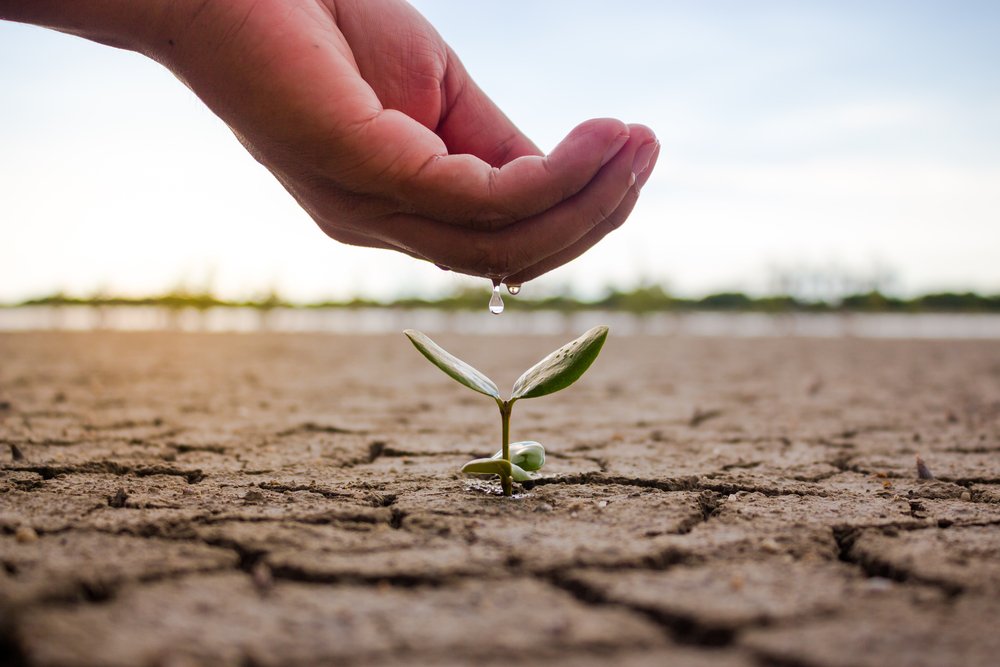
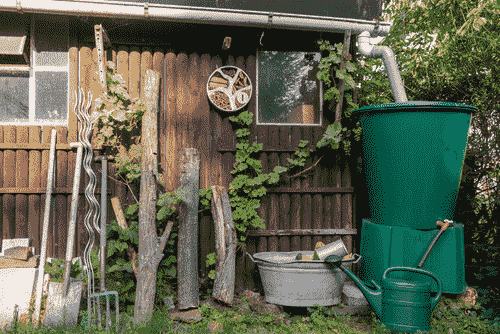
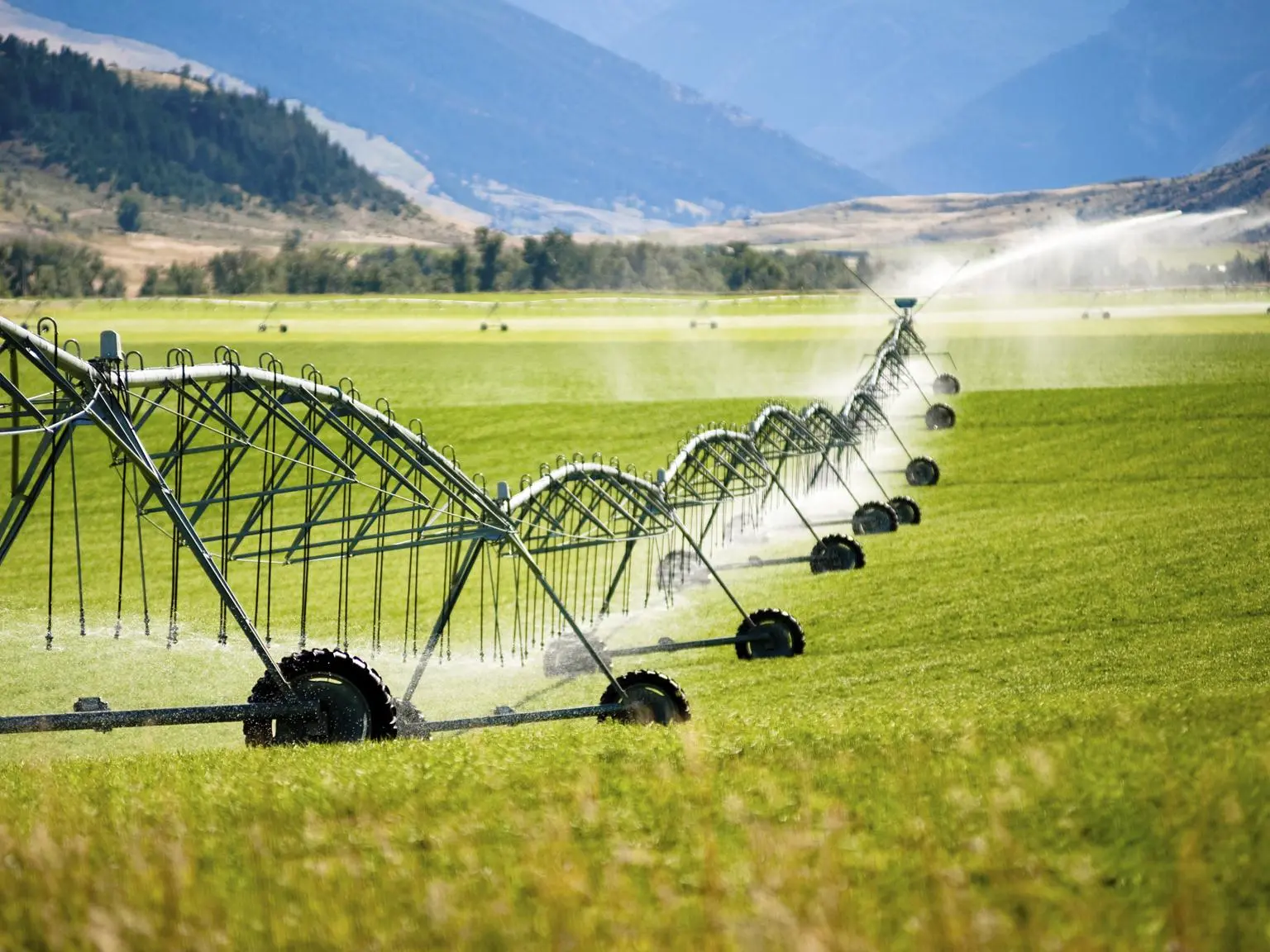
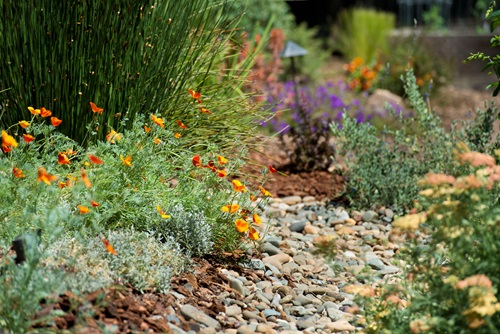

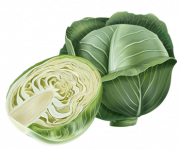
Chukwuebuka –
This digital service promotes sustainable farming practices by emphasizing water conservation and resilience during droughts. The emphasis on soil health, mulching, and efficient irrigation methods resonates with our commitment to environmental stewardship. The personalized recommendations tailored to our farm’s specific conditions have helped us navigate drought periods with confidence. Highly recommend for farmers seeking to enhance sustainability through proactive water management.
Jumai –
I’m impressed with the educational value provided by this digital service. The comprehensive coverage of drought management techniques, from soil moisture monitoring to crop selection, was enlightening. The interactive tools and case studies provided practical insights into adapting farming practices to changing climatic conditions. It’s empowered us to proactively manage water resources and sustain agricultural productivity during droughts.
Omowunmi –
This digital service on drought management and water-saving tips has been indispensable during dry periods on our farm. The practical advice and innovative strategies helped us conserve water without compromising crop health. We’ve implemented rainwater harvesting techniques and adjusted irrigation schedules based on expert recommendations, resulting in significant water savings. It’s a must-have for any farmer facing drought challenges.